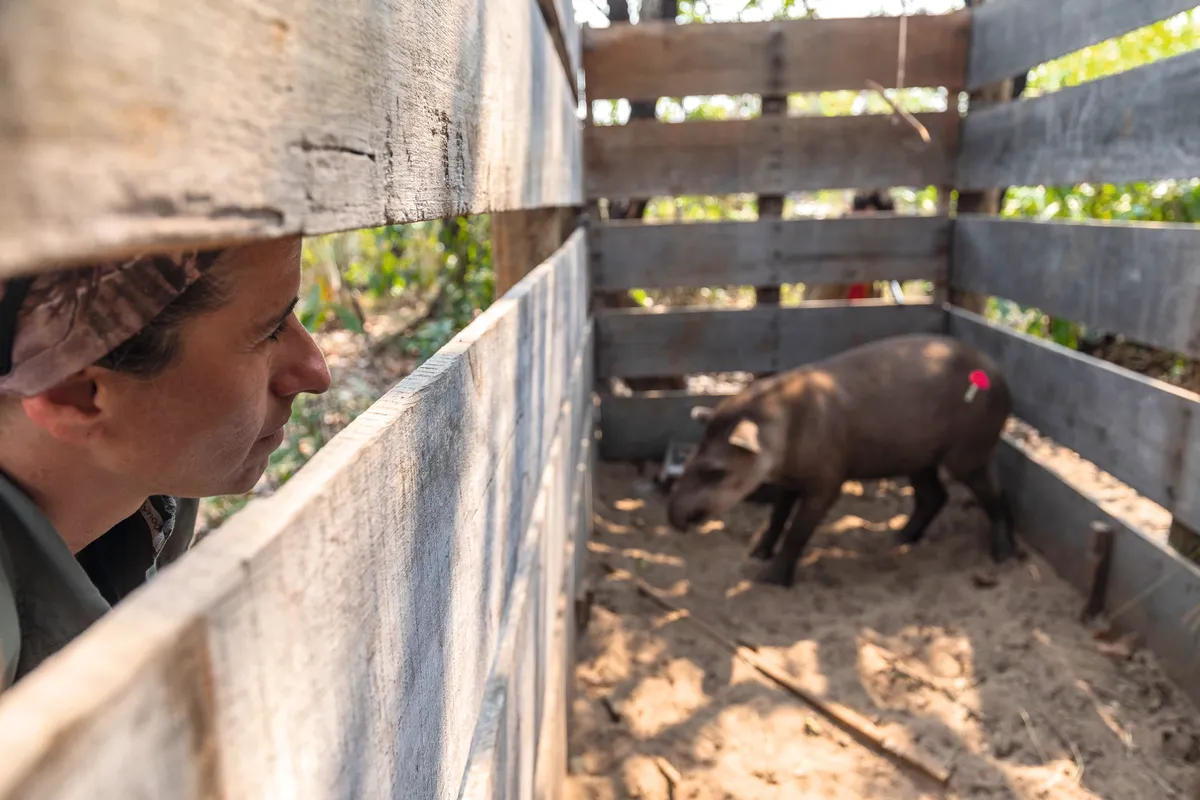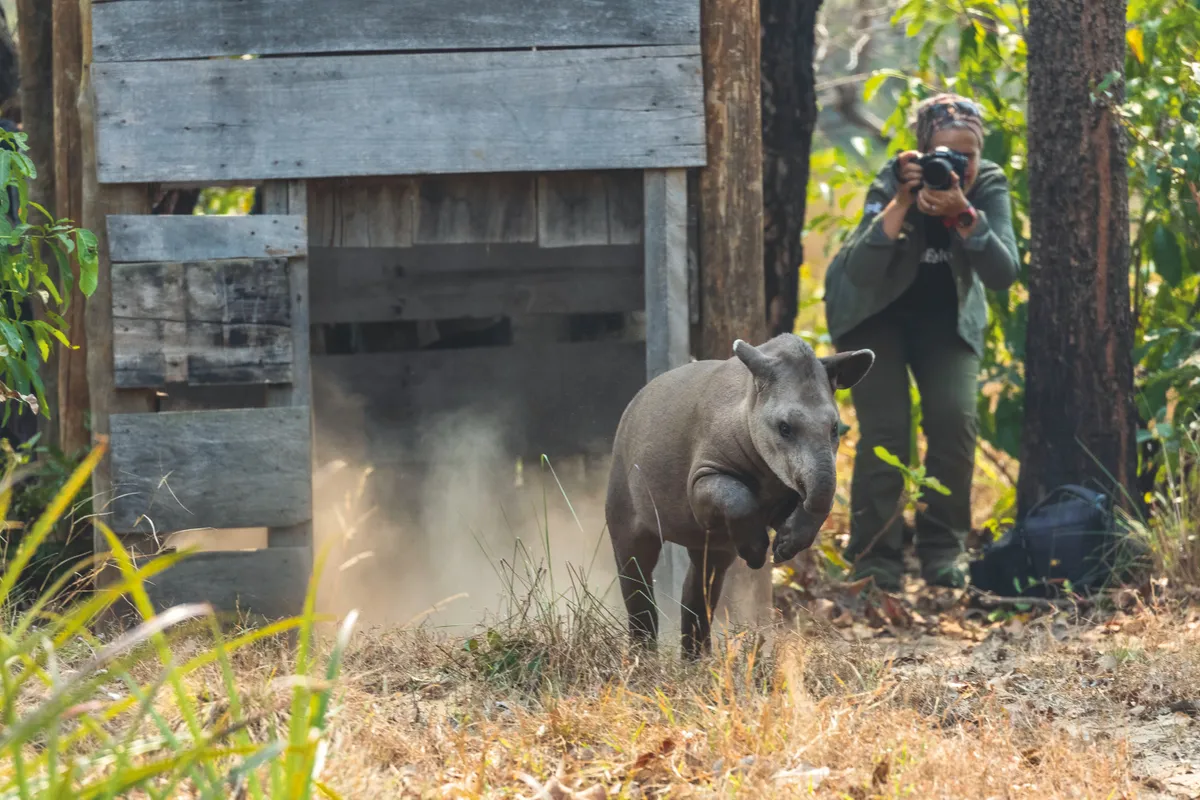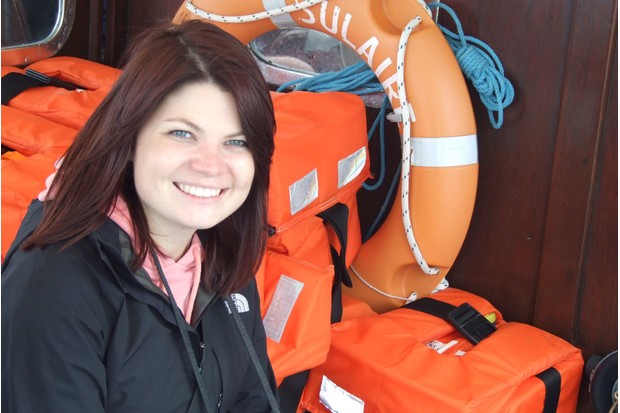When Patrícia Medici co-founded Brazil's Institute for Ecological Research (IPÊ) in 1995, the NGO’s focus was species conservation – particularly animals about which people knew very little: “I chose to study the largest land mammal in South America – the lowland tapir.”
The conservationist admits she only started to fall in love with the species after learning more about it. “These gardeners of the forest are super important as they play a key role in shaping and maintaining the ecosystem by dispersing seeds – 50% of their diet is native fruits.”
The elusive herbivores are tricky to study but, after 25 years of working across the Atlantic Forest, Pantanal and Cerrado ecosystems, Medici has discovered that the solitary lowland tapir has a large area of use, equivalent to 500 football fields. “It needs this range to find food, water and shelter,” she says. “If you conserve a lowland tapir population, you are conserving huge chunks of habitat, which benefits other animals and plants.”

Medici’s project includes mapping routes used by tapirs and reforesting these corridors to connect fragmented areas of forest and tackle climate change. “After studying pathways used by tapirs in Atlantic Forest, we built the largest wildlife corridor in Brazil, with the participation of local communities.”
Adopting agroforestry practices sparked people’s interest and this evolved into all kinds of relationships – developing sustainable businesses and educating people about the importance of the environment.
The main threats to lowland tapirs in Brazil are deforestation and habitat fragmentation; poaching and hunting; pesticide used in large-scale agriculture; and road traffic. Medici’s conservation strategy is to identify, quantify and mitigate the known threat. Some of The Lowland Tapir Conservation Initiative’s greatest successes include reducing tapir roadkill with speed cameras and educational signs, and raising the flag about pesticide contamination, after discovering chemicals in tapirs.

Medici’s £60,000 Gold Award from the Whitley Fund for Nature will be used to study and reduce threats to tapirs in the Amazon, along the southern arc of deforestation in Mato Grosso and Para states. “In four selected areas, we plan to focus on large-scale agriculture and pesticides; forest management combined with logging; mining; and palm oil,” she says. The latter two are threats that the project has not researched before.
“The timing could not be more appropriate, given the current political situation in the country. Taking action now is particularly important to avoid wildlife and climate emergencies.”
Main image: Dr Patricia Medici. © Liana John/Whitley Awards 2020
